The world is full of ancient creatures that have outlasted the dinosaurs and continue to thrive today.
These animals, often referred to as “living fossils,” provide a glimpse into a prehistoric past that we can still witness in the present. These species have adapted through millions of years of change.
Here, we explore the animals that survived the dinosaur age and still roam the Earth today, offering an interesting connection to our earth’s complex history.
Horseshoe Crabs
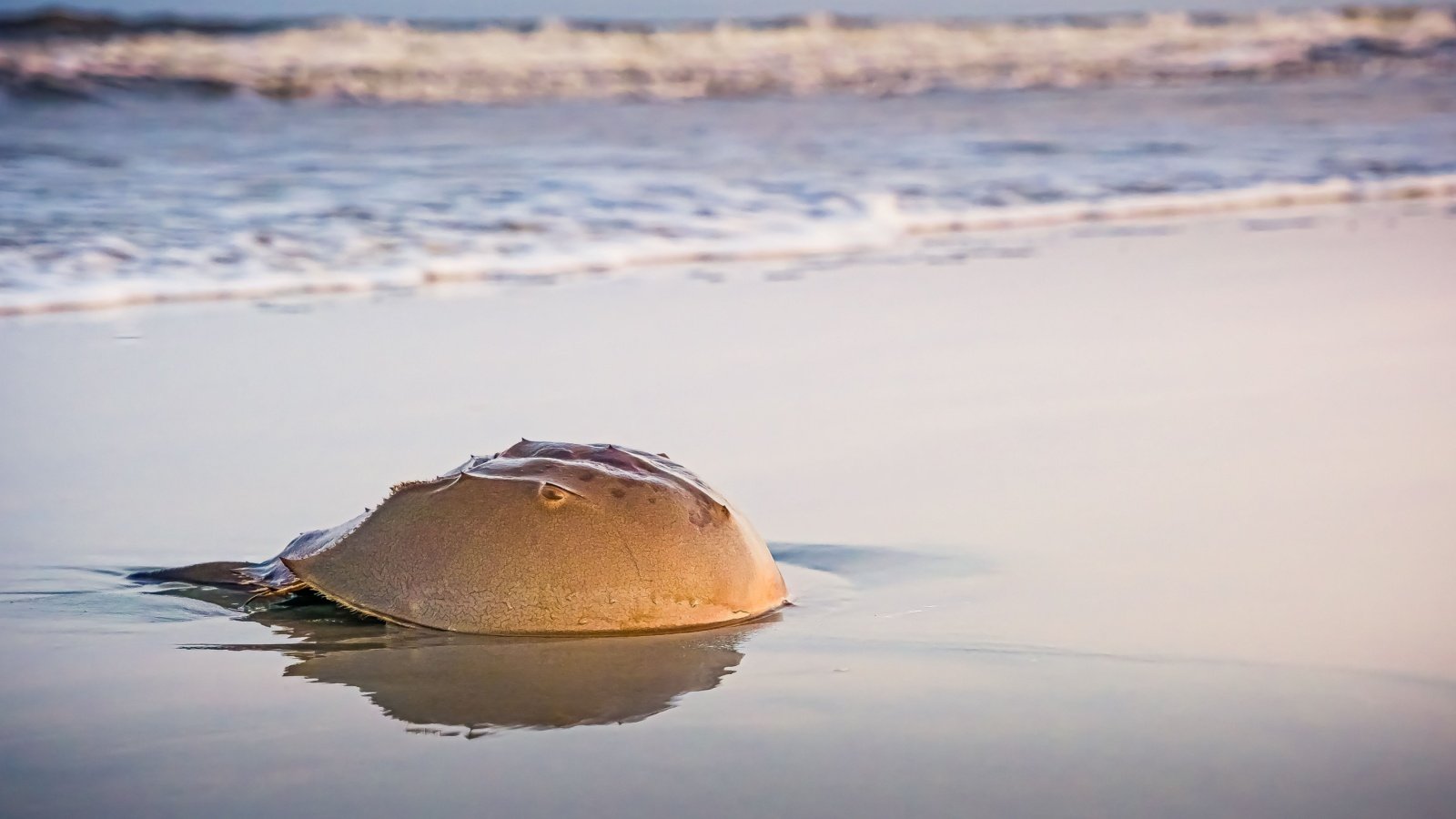
Horseshoe crabs have been scuttling along the ocean floor for over 450 million years, long before dinosaurs roamed the Earth.
Despite their name, these creatures are more closely related to spiders and scorpions than to crabs. Their blue blood, rich in copper, is highly valued in medical research for detecting bacterial toxins, making them both ancient and essential.
Crocodiles
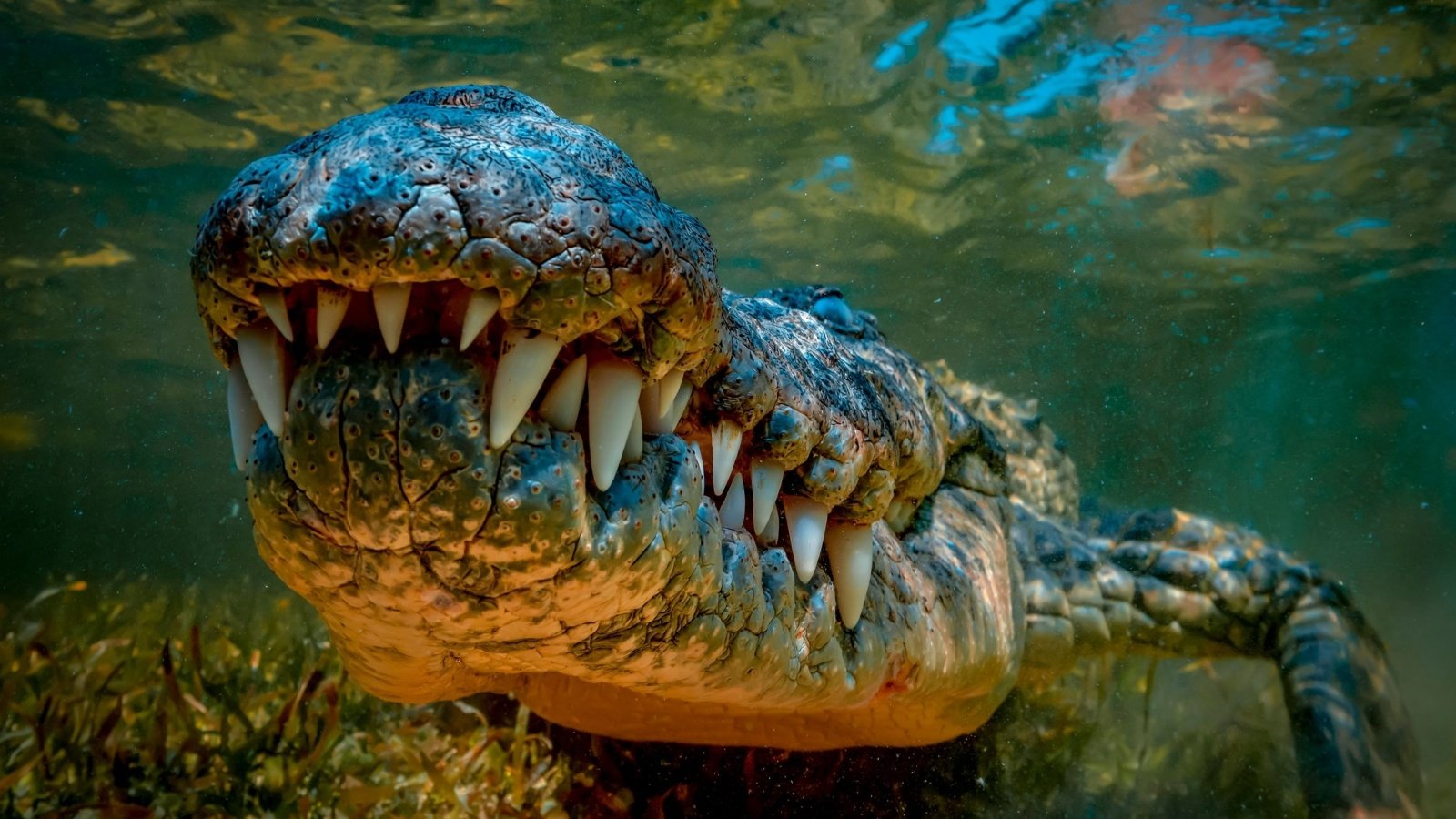
Crocodiles have remained relatively unchanged for over 200 million years, surviving the mass extinction event that wiped out the dinosaurs.
These formidable predators are incredibly resilient and capable of thriving in both freshwater and saltwater environments. Their powerful jaws and stealthy hunting techniques make them one of the most successful survivors of prehistoric times.
Sharks
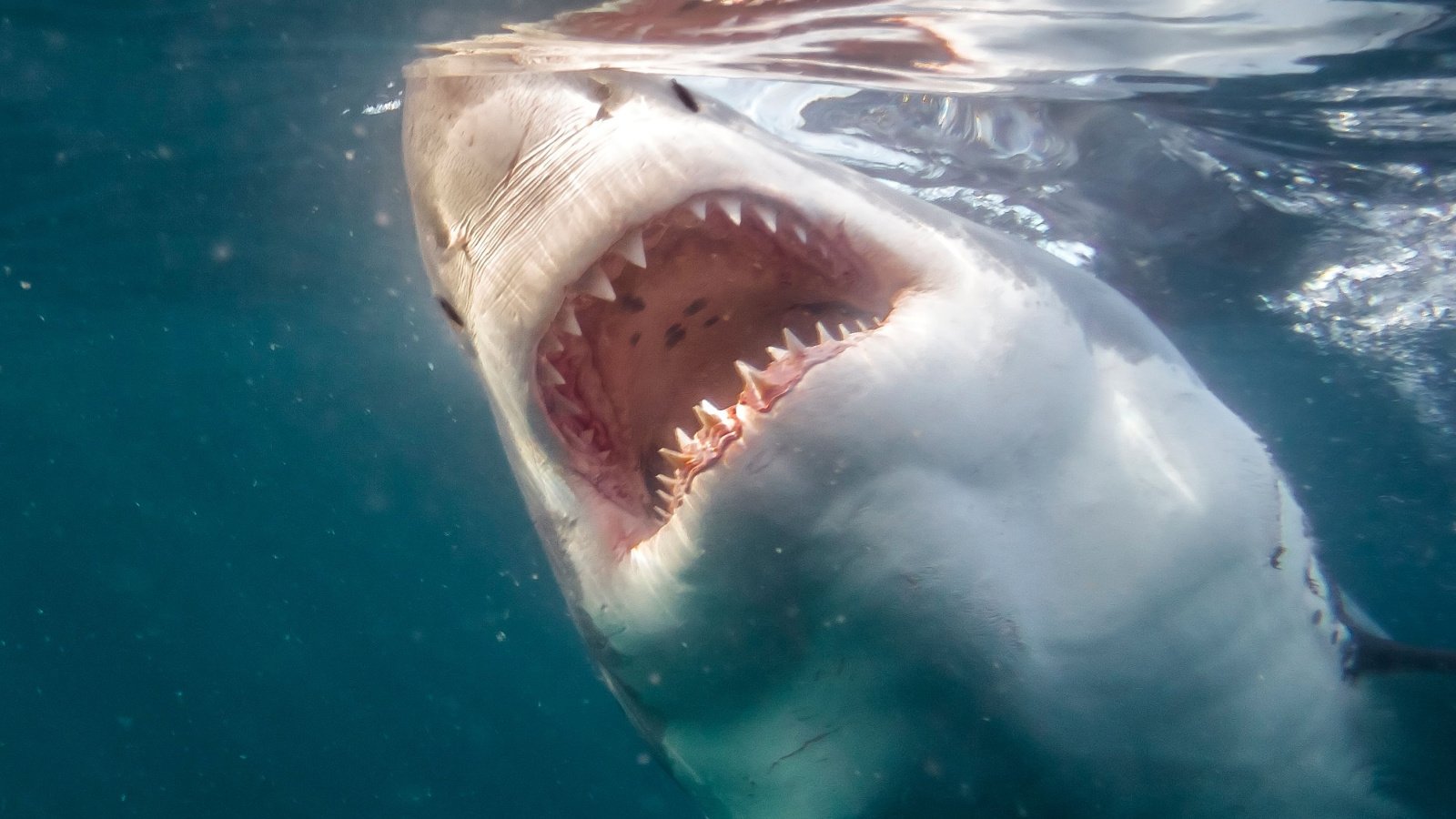
Sharks have prowled the oceans for over 400 million years, long before dinosaurs appeared on land.
Their cartilaginous skeletons, streamlined bodies, and keen senses have allowed them to adapt and survive multiple extinction events. The great white shark, often called a “living fossil,” continues to be one of the most feared and respected predators in the marine world.
Tuatara

The tuatara, native to New Zealand, is often referred to as a “living dinosaur” due to its lineage that dates back around 220 million years.
Unlike lizards, tuataras have unique features, such as a third eye on their forehead and a slow growth rate, taking decades to reach full size. These ancient reptiles are a rare glimpse into the world of the dinosaurs, surviving on a few remote islands.
Coelacanth

The coelacanth was thought to be extinct for over 65 million years until a live specimen was discovered off the coast of South Africa in 1938.
This deep-sea fish, which dates back about 400 million years, has lobed fins that resemble the limbs of terrestrial animals, hinting at its evolutionary significance. The coelacanth’s discovery was one of the most remarkable finds in modern zoology, bridging the gap between fish and amphibians.
Sturgeon

Sturgeons, often referred to as “living fossils,” have been swimming in Earth’s waters for over 200 million years.
These ancient fish are known for their bony plates and elongated bodies, with some species growing over 18 feet long. Today, sturgeons are valued for their roe, which is processed into caviar, but many species are endangered due to overfishing and habitat loss.
Nautilus

The nautilus, with its beautifully coiled shell, has been drifting through the ocean depths for over 500 million years.
This ancient mollusk uses jet propulsion to move and has survived virtually unchanged while other species have come and gone. The nautilus’s ability to withstand changes in its environment has made it one of the most enduring symbols of prehistoric life.
Lampreys

Lampreys are jawless fish that have existed for over 360 million years, predating dinosaurs by a wide margin.
These eel-like creatures are known for their parasitic lifestyle, latching onto other fish to suck their blood. Despite their primitive appearance, lampreys have thrived in both freshwater and marine environments, maintaining a steady presence throughout history.
Jellyfish
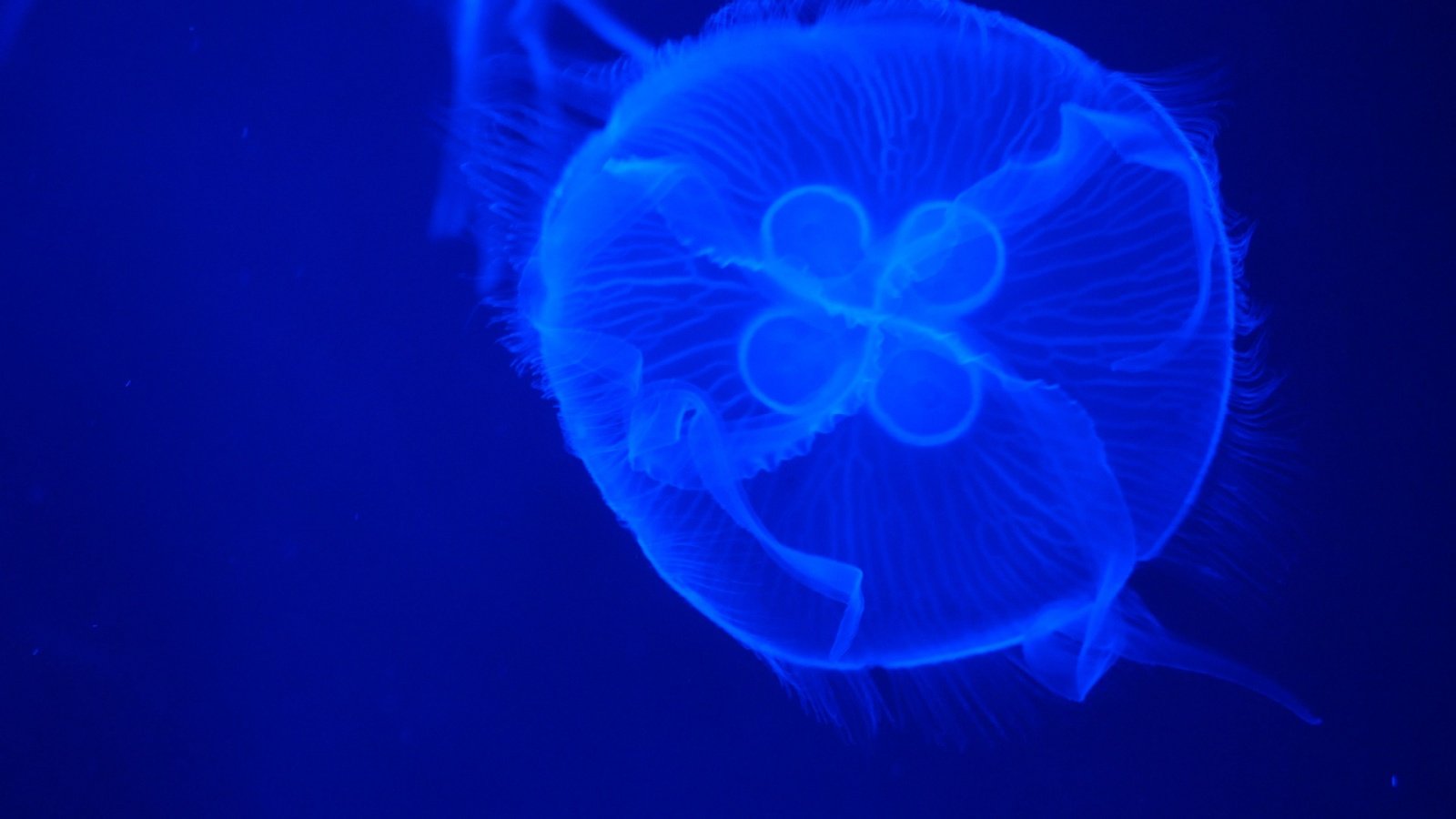
Jellyfish have been pulsating through the world’s oceans for over 500 million years, making them one of the oldest multicellular organisms on Earth.
Their simple, gelatinous bodies are remarkably effective for survival, lacking brains, hearts, and bones yet thriving in various marine environments. Some jellyfish species are even considered biologically immortal, capable of reverting to earlier life stages.
Crinoids

Crinoids, also known as sea lilies, have been flourishing in Earth’s oceans for around 480 million years.
Despite their plant-like appearance, crinoids are actually animals related to starfish and sea urchins and use their feathery arms to filter plankton from the water. These ancient echinoderms can still be found clinging to rocks and coral in deep ocean waters, much as they did during the age of the dinosaurs.
Ginkgo Biloba

The ginkgo biloba tree, often called a “living fossil,” has remained virtually unchanged for about 200 million years.
These ancient trees, with their distinctive fan-shaped leaves, have survived multiple mass extinctions and are now commonly found in urban areas due to their resilience to pollution. The ginkgo’s longevity and unchanged form make it a fascinating link to Earth’s prehistoric past.
Cycads

Cycads are ancient plants that date back over 280 million years, thriving during the time when dinosaurs roamed the Earth.
These palm-like plants have thick trunks and large, stiff leaves and were once a dominant part of the prehistoric landscape. Today, cycads are rare and often endangered, but they still survive in tropical and subtropical regions around the world.
Horses

The ancestors of modern horses first appeared over 50 million years ago, and although they’ve evolved significantly, their lineage stretches back to a time when dinosaurs were still relatively recent memories.
Early horse-like creatures were much smaller and adapted to forest environments, but over millions of years, they evolved into the larger, grassland-dwelling animals we know today. Horses have played a crucial role in human history, but their roots trace back to a prehistoric past shared with dinosaurs.
Sea Turtles
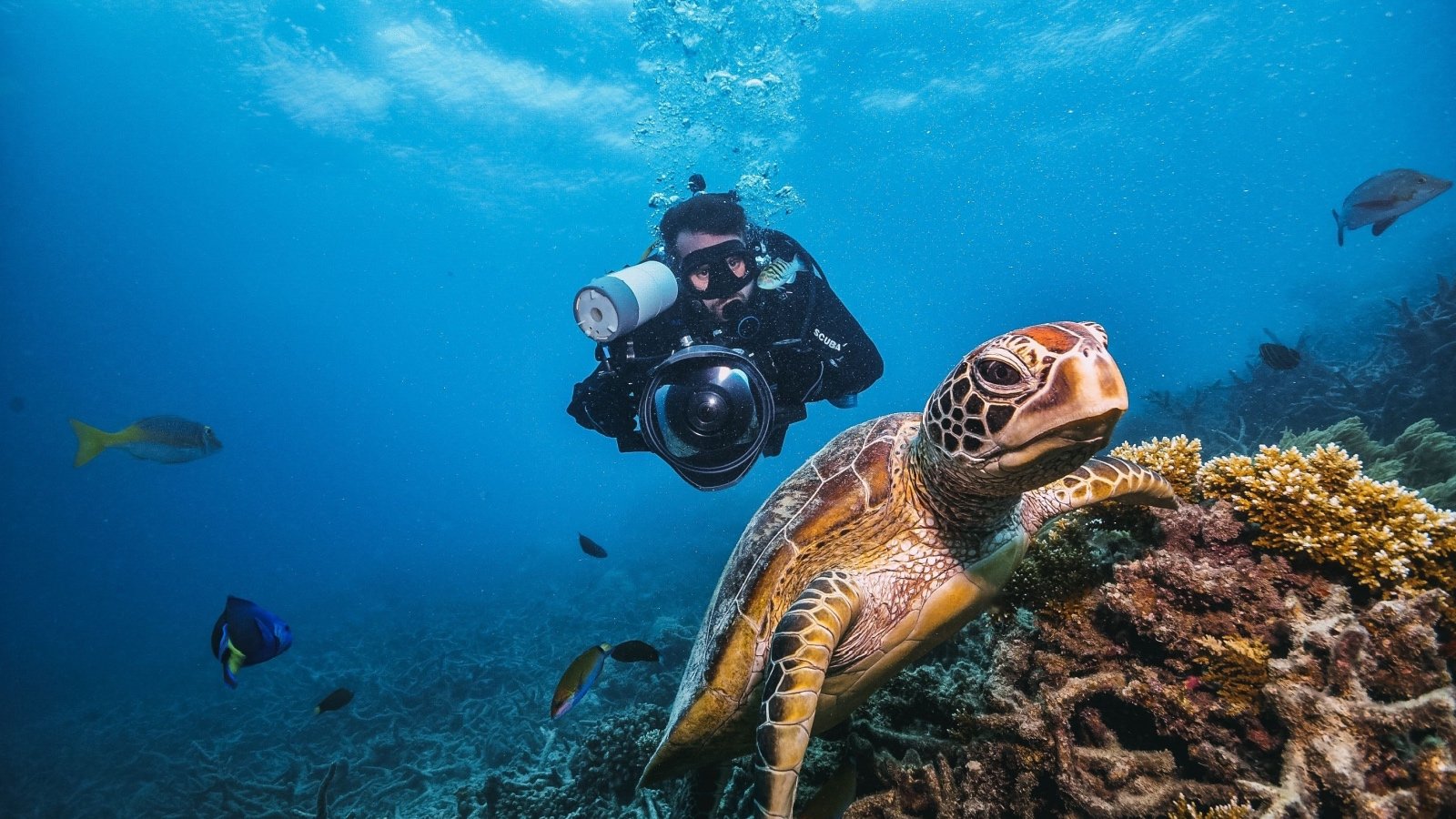
Sea turtles have been swimming in the world’s oceans for over 100 million years, surviving multiple extinction events that wiped out many of their contemporaries.
These ancient reptiles migrate vast distances between feeding grounds and nesting beaches, following paths that have been used for millennia. Despite facing numerous threats from humans, including pollution and habitat destruction, sea turtles remain a symbol of endurance and survival.
Scorpions
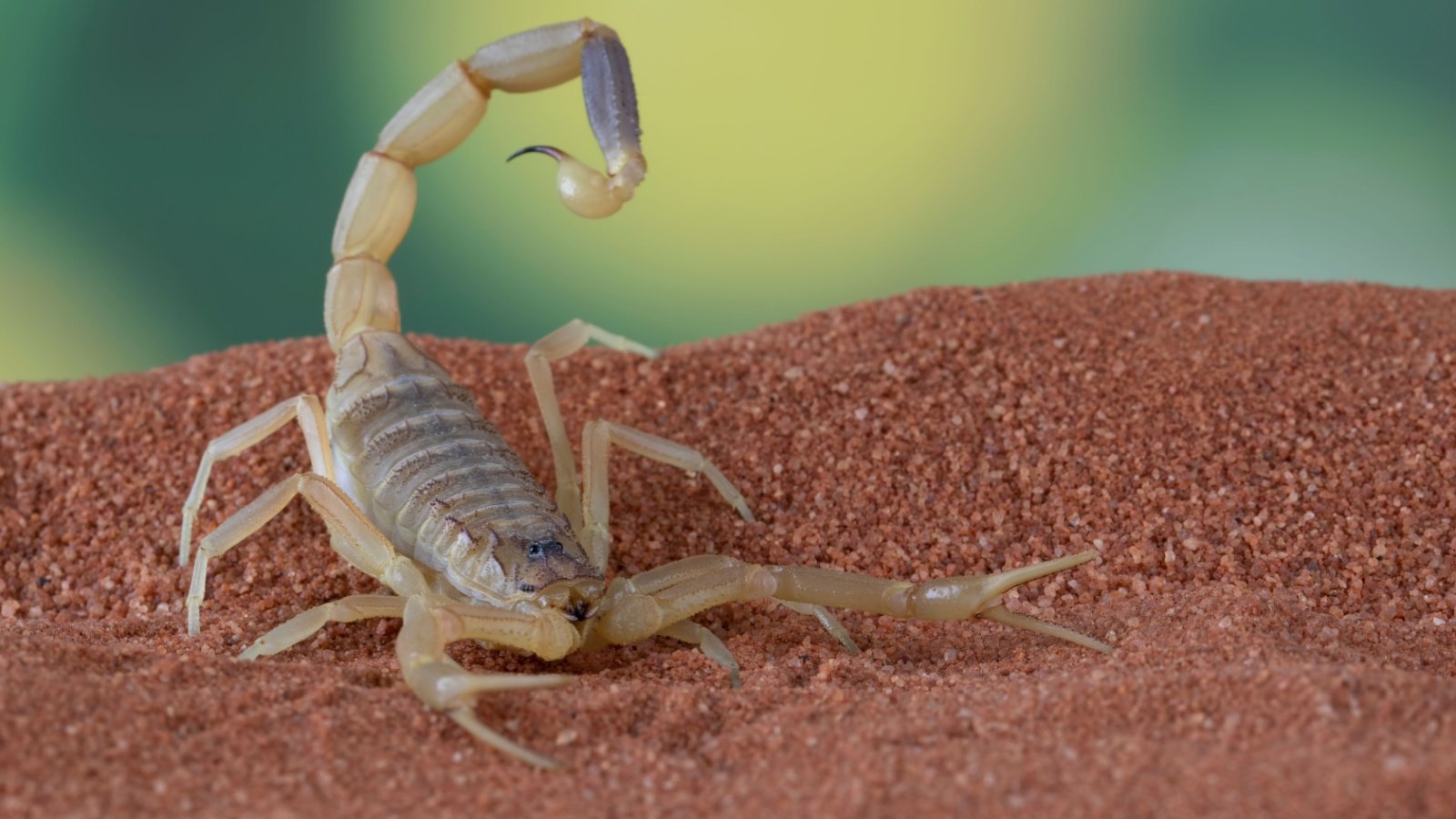
Scorpions have been crawling across the Earth for about 430 million years, with fossils revealing that these arachnids have changed little since the days of the dinosaurs.
Equipped with venomous stingers and pincers, scorpions are well-adapted to a variety of environments, from deserts to rainforests. Their ancient lineage and continued success make them one of the most enduring predators on the planet.
Dragonflies
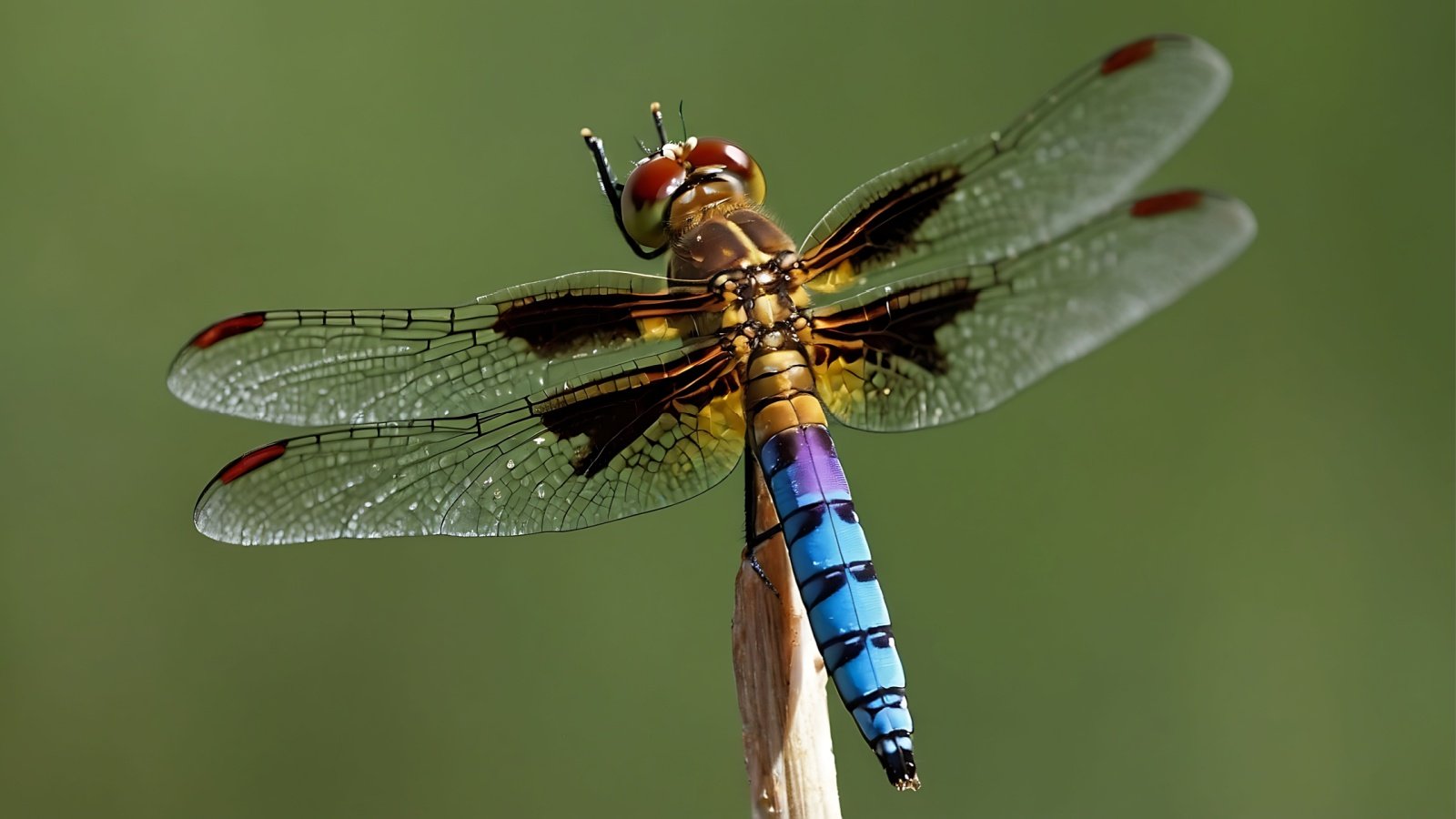
Dragonflies have been darting through the air for around 300 million years, making them some of the oldest flying insects still in existence.
These skilled predators, known for their speed and agility, have witnessed the rise and fall of dinosaurs and continue to thrive in modern ecosystems. Dragonflies are often seen as symbols of transformation and adaptability, given their ancient origins and continued presence.
King Crabs

King crabs, which have been around for millions of years, are actually more closely related to hermit crabs than true crabs.
These massive crustaceans are found in cold, deep-sea environments, where they scavenge and prey on other marine life. King crabs have adapted to harsh conditions and are now a valuable resource in commercial fishing, particularly in the waters off Alaska.
Komodo Dragons
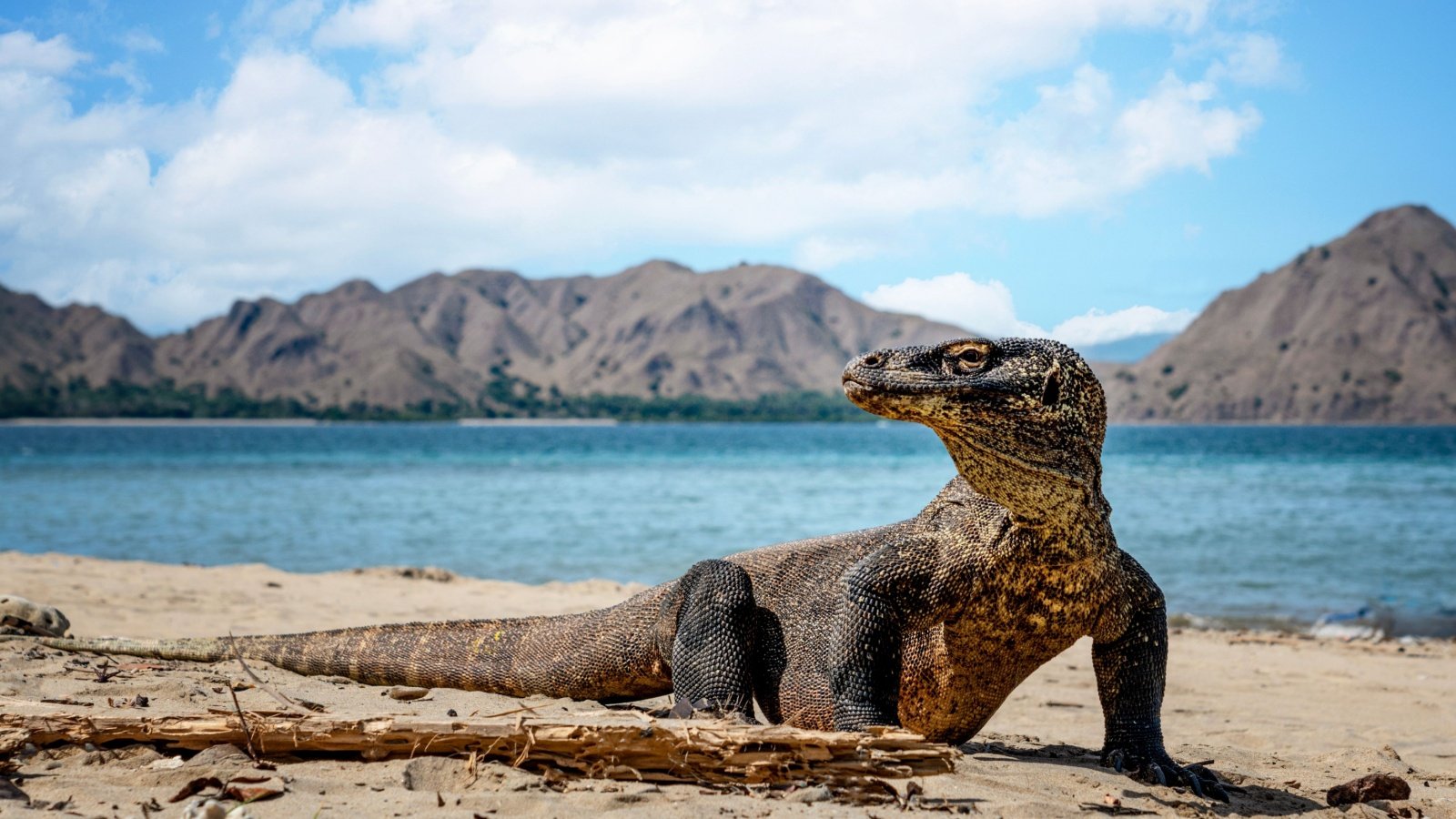
Komodo dragons are the largest living lizards, and their ancestors date back over 100 million years, sharing the Earth with dinosaurs.
These apex predators, found on a few Indonesian islands, can grow over 10 feet long and possess a toxic bite that can bring down large prey. Their ancient lineage and formidable hunting abilities make Komodo dragons a living link to a prehistoric world.
Cockroaches

Cockroaches have been scuttling around the planet for over 300 million years, demonstrating an incredible ability to adapt to changing environments.
These resilient insects can survive in a variety of conditions, including extreme temperatures and radiation, making them one of the most durable species on Earth. Their continued success, even in urban areas, underscores their evolutionary prowess.
Ammonites

Ammonites, extinct relatives of the modern nautilus, thrived for nearly 340 million years before going extinct around the same time as the dinosaurs.
While they are no longer alive today, their fossilized shells are abundant and provide valuable insights into the marine environments of the past. Ammonites’ intricate spiral shells remain iconic symbols of prehistoric life, often used in jewelry and artwork.
Hagfish

Hagfish, often referred to as slime eels, have been around for about 300 million years and are among the most primitive vertebrates on Earth.
These jawless fish are known for their ability to produce copious amounts of slime as a defense mechanism, which can suffocate predators. Hagfish play a vital role in the marine ecosystem as scavengers, consuming dead and dying fish on the ocean floor.
Crocodile Icefish

Crocodile icefish, found in the frigid waters of Antarctica, have been around for millions of years and are unique among vertebrates for their lack of red blood cells.
These fish have adapted to their extreme environment by evolving antifreeze proteins in their blood, allowing them to survive in temperatures that would freeze most other creatures. Their ability to thrive in such harsh conditions makes them a fascinating example of evolutionary resilience.
Velvet Worms

Velvet worms, which have existed for over 500 million years, are among the most ancient and peculiar creatures on Earth.
These soft-bodied invertebrates, with their slow, crawling movements and unique slime-shooting defense mechanism, have survived multiple mass extinctions. Velvet worms are considered living fossils, offering a glimpse into the early evolution of life on land.



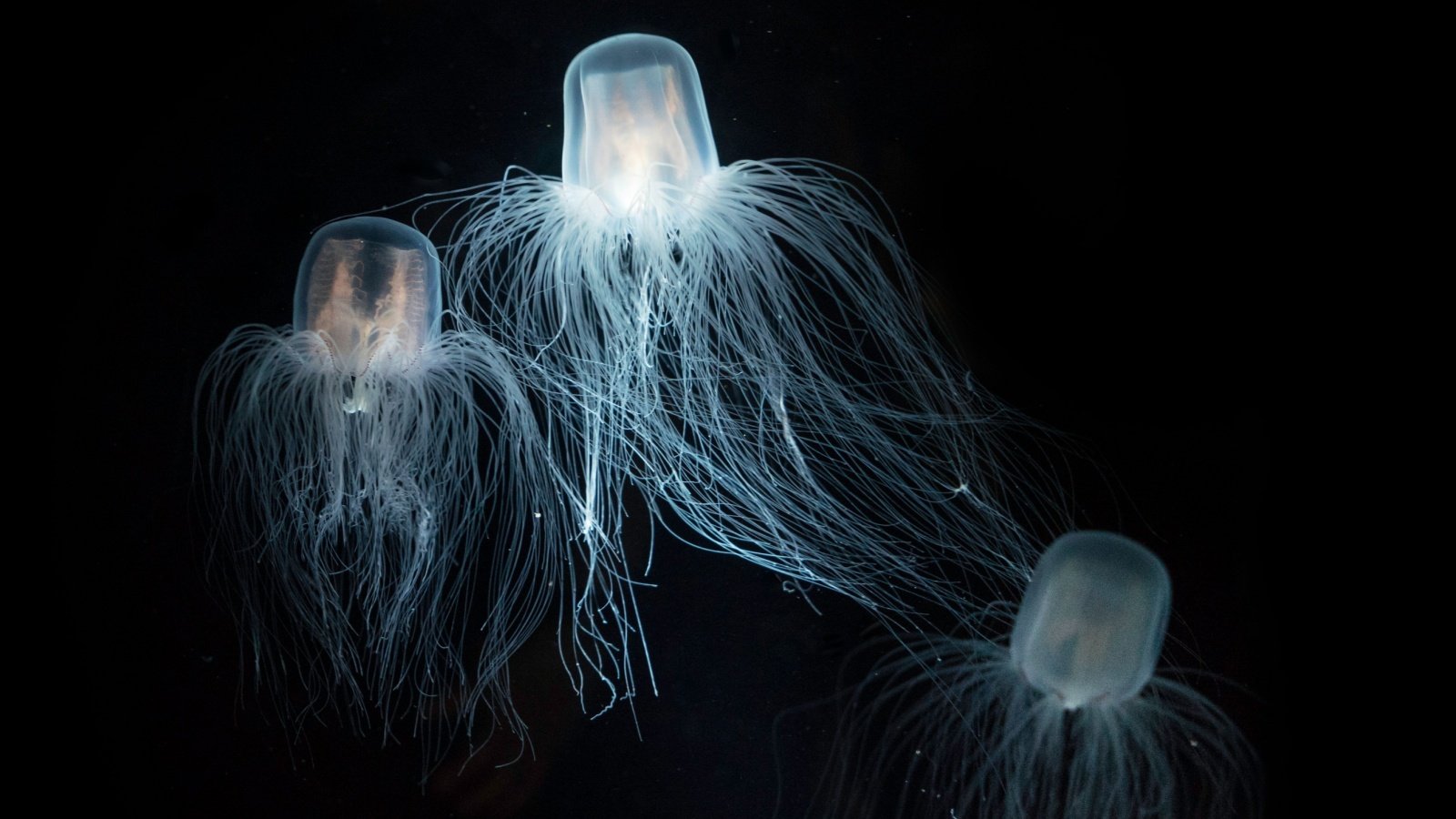



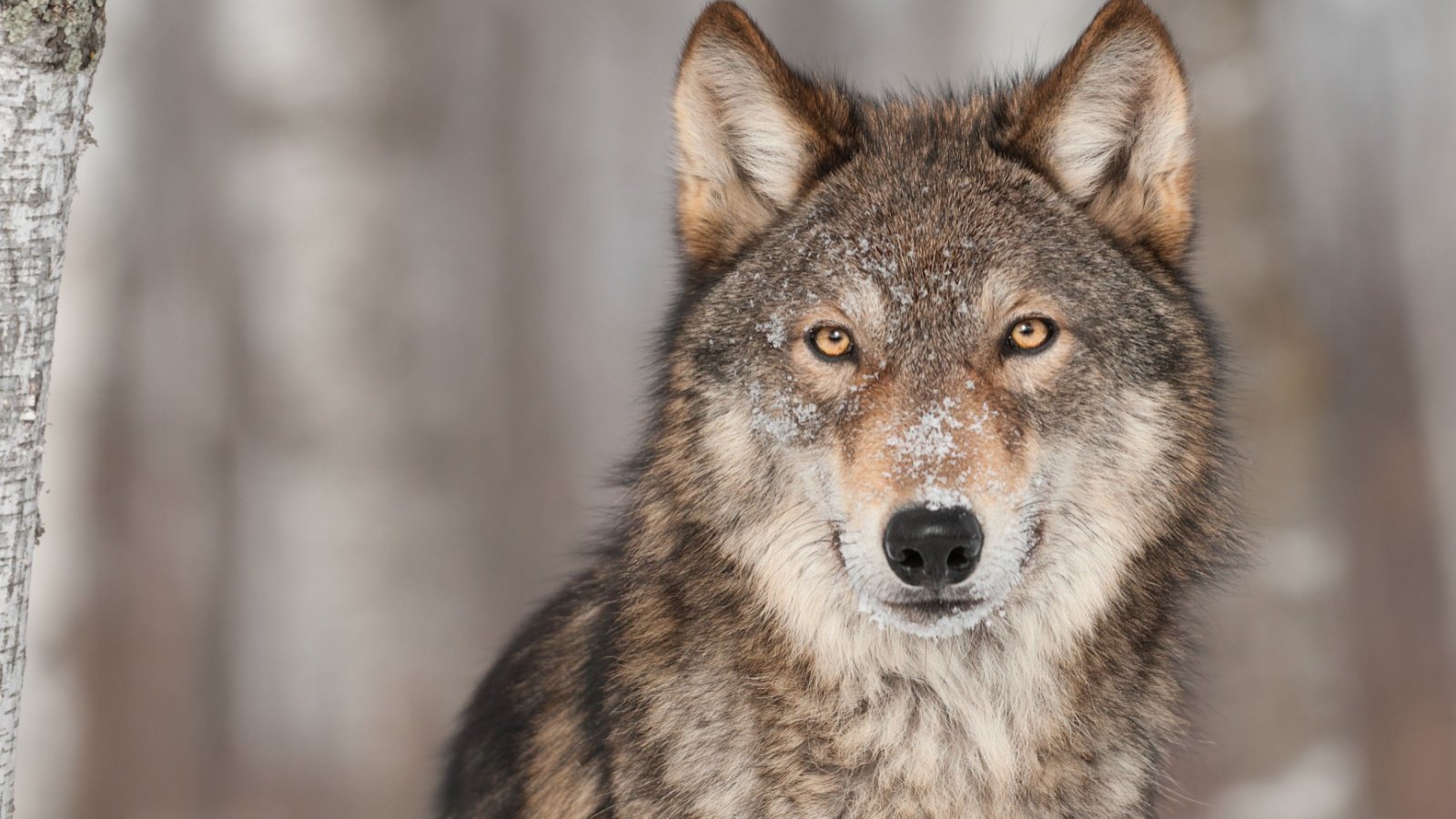

Auf der Admiral Casino-Website finden Sie ganz einfach Einzahlungsbeschränkungen, Alternativen zum Selbstausschluss und professionelle Hilfe.
Auf der Casino Admiral-Website finden Sie Spiele von Top-Unternehmen wie Novomatic,
IGT und Evolution Gaming. Genießen Sie 350 Freispiele ohne
Wetteinsatz bei Spielen wie Eye of Horus, Fishin’ Frenzy und mehr.
Der ADMIRAL Winterbonus ist wieder da! Ab sofort erhalten Sie,
wenn Sie sich für eine Promotion im Glücksspielbereich
qualifizieren, eine eMail und/oder SMS. Innerhalb von bis
zu 24h erhalten Sie eine E-Mail und/oder SMS.
Wie jedes seriöse Online-Casino bietet Admiral Online Casino
Bonusse den neuen Spielern an, die die aufregendsten Casino-Spiele genießen möchten. Das ist eines der besten Casinos in Österreich,
das seit Jahren eine unvergessliche Erfahrung allen seinen Besuchern bietet.
Admiral Casino wurde 2011 gegründet und seitdem bietet einzigartige
Zocker-Erfahrung für alle Spieler, die Sicherheit und Verlässlichkeit
schätzen.
References:
https://online-spielhallen.de/24-casino-freispiele-dein-komplett-guide/